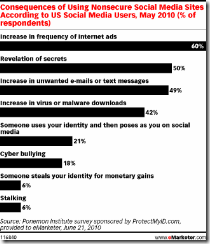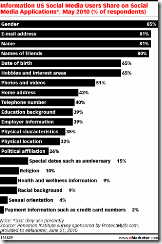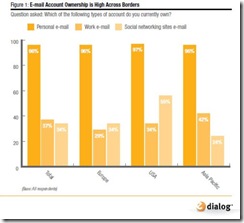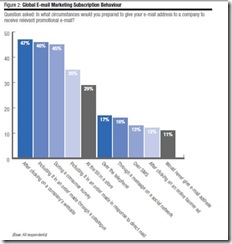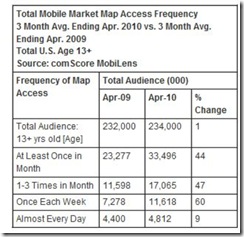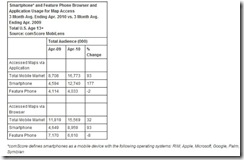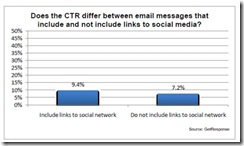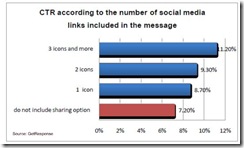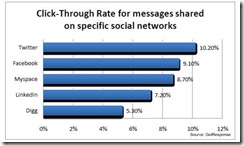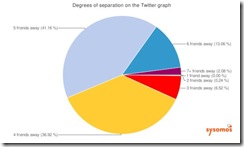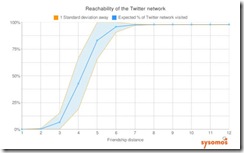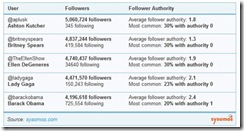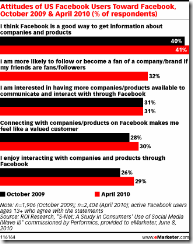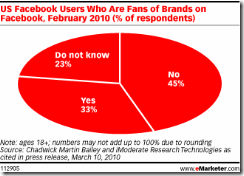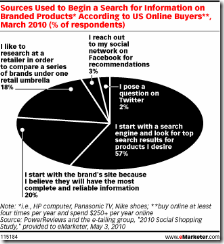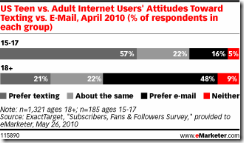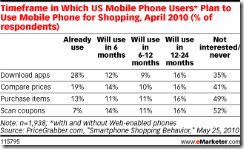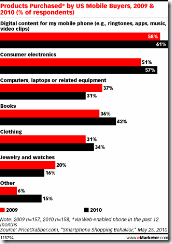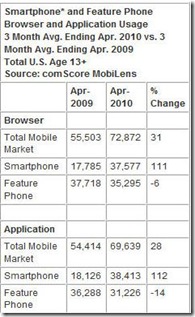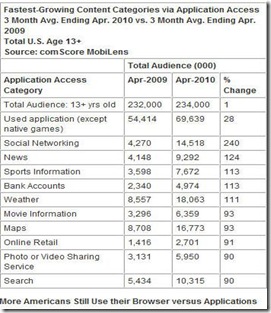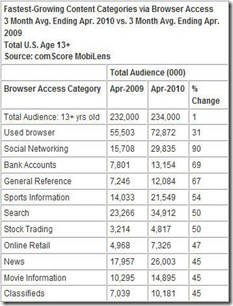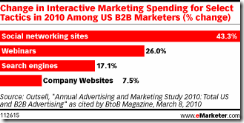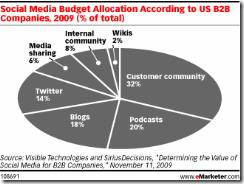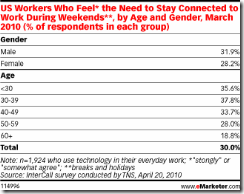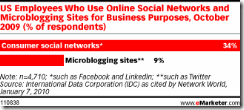Five key factors make email a more popular means of brand interaction than social networks, according to [pdf] a new study from digital marketing firms ExactTarget and CoTweet.
Familiarity
Because email isn’t new, consumers are familiar with the technology, are comfortable using it, and know exactly what to expect, according to “Email X-Factors.” Consumers have also grown accustomed to using email as a way of engaging with brands, making it top-of-mind when it comes to interacting with a company. Consumers most frequently use email for two types of brand interaction: obtaining promotions and deals and customer communications.
1. Obtaining Promotions and Deals. The internet has simplified price and promotion shopping, and 82% of consumers will search a variety of online channels to obtain deals and promotions. For the majority of consumers, they begin their search by checking a particular brand’s corporate website. Seventy-six percent of consumers will initially seek deals and promotions on a brand’s website, and from there, 62% will sign up to receive email, while 54% will use a search engine.
Meanwhile, 17% of consumers will also include Facebook as part of their search for ongoing deals, and 3% will search for deals on Twitter.
Women are more likely than men to sign up for emails (67% compared to 57%), and older consumers are also more likely to sign up for emails to get ongoing deals.
However, the difference based on age is far less than may be expected. In fact, Millennials (aged 15-24) are twice as likely to subscribe to email in their search for ongoing deals (56%) as they are to search for deals on Facebook (28%).

2. Customer Communications. The internet has also changed how organizations approach customer service. In the age of immediate gratification, the importance of customer service has been magnified. And although social media has given customers a way to publicly air their grievances against a brand, the majority of customers still prefer to deal with customer service issues in private—over the phone, through a company’s website, or through email. When faced with a customer service issue, 41% of customers will communicate via phone, 33% via company websites, and 20% via email. 37% of customers will send an email after an unsuccessful first attempt, making it the most common second step in the process of dealing with a customer service issue.
Consumers often turn to email for customer service requests because an immediate response is not always necessary. Email is seen as an efficient way of dealing with issues without having to wait on the phone for help, or turn to social media where privacy is lost.
Manageability
More than nine in 10 (93%) of U.S. online consumers are subscribers, meaning they receive at least one permission-based commercial email message on a typical day. The average consumer receives 44 daily emails (including commercial and personal), and half of consumers receive fewer than 25 per day. While these numbers aren’t small, most consumers consider the size of their inboxes manageable. So while marketers may be overwhelmed by overflowing inboxes, most of their customers aren’t.
Of those 44 daily emails, about 25% are permission-based commercial messages, with the remaining 75% comprised of personal messages, transactional messages, and spam that’s quickly deleted.
The average teen (aged 15-17) receives less than half the email of the average consumer, and receives only four commercial emails per day. And while marketers often interpret these statistics to mean a large generational shift away from email is occuring, ExactTarget analysis indicates this is a misinterpretation. The amount of email teens receive increases significantly when they graduate from high school, suggesting life stage—not age—is a more important factor when considering how much consumers rely on email.
However, ExactTarget advises email marketers to focus on only sending relevant emails to consumers, as a recent CMO Council study indicates 41% of US internet users threatened to stop buying from brands that sent irrelevant emails. (For more details see “Relevancy” below.)

Trust and Privacy
Consumers have two major concerns regarding trust and privacy of promotional emails: whether personal data will be shared and the ease of unsubscribing. ExactTarget advises that established brands have a distinct advantage when it comes to earning the trust of their consumers. Consumers tend to give the benefit of the doubt to big brands, and assume their email addresses will be safe, secure, and unshared.
In contrast, consumers will do additional research on unknown brands before offering their email addresses. They will Google company names, and review complaint history and comments on Facebook and Twitter.
Relevancy
Consumers know it’s possible for companies to send targeted and personalized messages, meaning relevancy is no longer an option for marketers. And when it comes to email, consumers quickly decide which companies they like to receive messages from, opposed those they don’t, based on whether the email message is relevent or not. ExactTarget research found that half (49%) of consumers “always” open emails from their “favorite” companies, compared to only 16% who say they never open email.
Exclusivity
While only one-third of consumers said they were motivated by the promise of exclusive content when choosing to become a subscriber, email’s exclusivity factor extends beyond content. ExactTarget advises that becoming a subscriber is like becoming a member of an exclusive club. As mentioned earlier, subscribers demonstrate their trust in a brand when they provide a company with their email address. And in return, they expect to be a part of an exclusive club.
More Consumers Use Email than SocNets for Brand Interaction
More online consumers use email than social networks for brand interaction, according to another recent study from ExactTarget and CoTweet. Data from the “Daily Morning” report indicates that 93% of online consumers aged 15 and older receive at least one permission-based email per day, putting them into the category of“subscribers. Broken down by age demographic, 15-to-17-year-olds are subscribers at a significantly lower rate (68%). All other age brackets of online consumers aged 18 and older are subscribers at rates between 93% and 96%.
Meanwhile, 38% of consumers are fans of at least one brand on Facebook, while only 5% are followers of at least one company or brand on Twitter.
